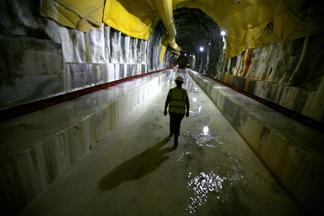Antidepressants in Lakes Do Not Make Bacteria Happy
Fluoxetine, the active ingredient in Prozac, is killing off microbial populations in the Great Lakes.
Traces of antidepressants such as Prozac have been found in both drinking and recreational water supplies throughout the world, in quantities experts say are too dilute to affect humans but which have been found to damage the reproductive systems of mollusks and may even affect the brains of animals like fish.
The fluoxetine found in Lake Erie is at very low levels—about one nanogram per liter of water. This amount does not appear to be harmful to humans, but it is possible that combined with other chemicals in the water, fluoxetine could have a cumulative effect on the ecosystem.





![b_gsm187[1]](http://purewatergazette.net/blog/wp-content/uploads/2012/06/b_gsm1871.jpg)
![HoffmanTower5[1]](http://purewatergazette.net/blog/wp-content/uploads/2012/06/HoffmanTower51.jpg)
![Pig-421[1]](http://purewatergazette.net/blog/wp-content/uploads/2012/06/Pig-42111.jpg)
![u13156335[1]](http://purewatergazette.net/blog/wp-content/uploads/2012/06/u131563351.jpg)
